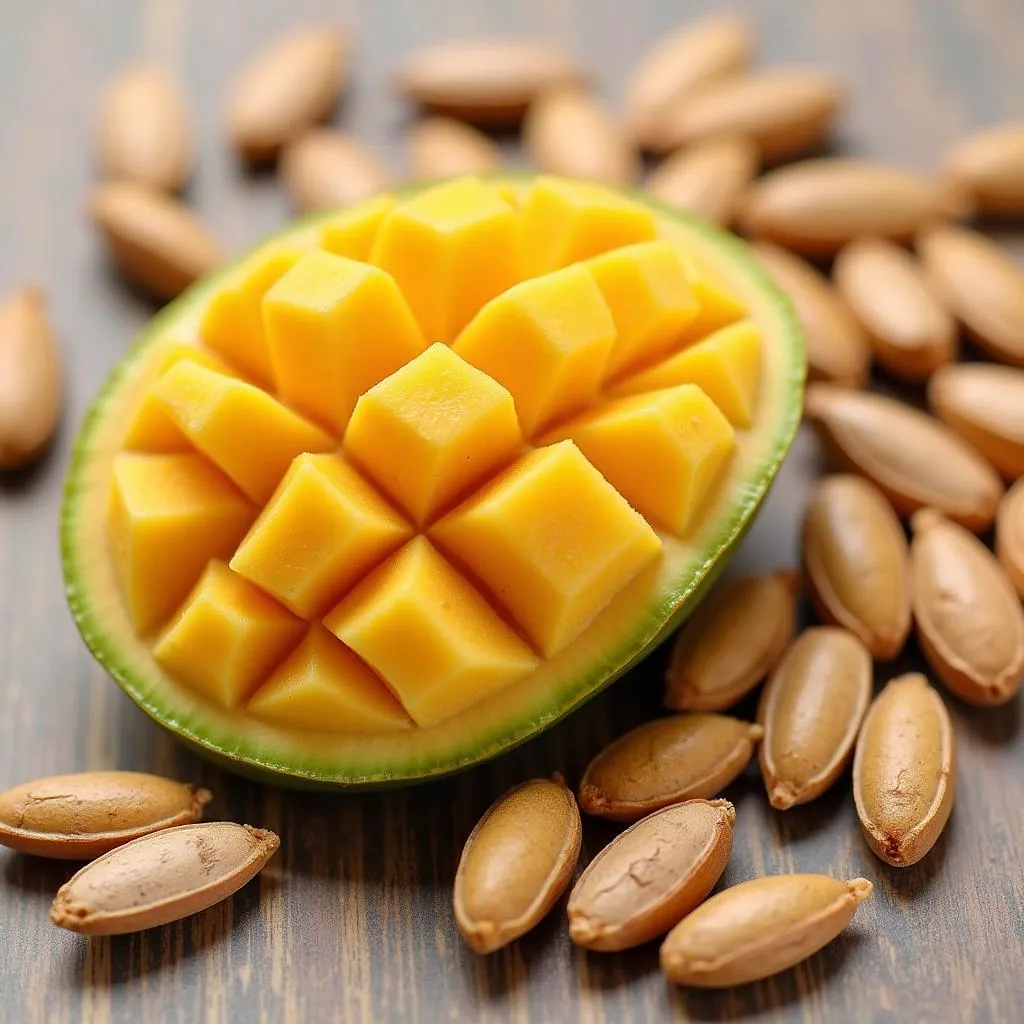Unveiling the Stories: African Body Painting Symbols
African Body Painting Symbols are more than just decorative art; they are a complex language, a visual narrative etched onto the human canvas. These symbols communicate a rich tapestry of cultural identity, spiritual beliefs, social status, and even individual stories. From ancient traditions to contemporary expressions, understanding these symbols offers a fascinating glimpse into the diverse cultures of Africa. Check out the beauty and complexity of African ethnic patterns to gain a deeper understanding of this art form.
Decoding the Language of African Body Painting Symbols
African body painting, a practice deeply embedded in numerous cultures across the continent, uses natural pigments derived from plants, minerals, and clays. Each symbol carries a specific meaning, often tied to ancestral stories, clan affiliations, or rites of passage. These symbols are not static; they evolve and adapt over time, reflecting the dynamic nature of African cultures. Some symbols represent protection, while others signify fertility, mourning, or celebration.
The application of these symbols is often a communal activity, strengthening social bonds and passing down knowledge from one generation to the next. For example, among some nomadic groups, body painting serves as a form of identification, signifying membership within a specific clan. In other communities, elaborate body painting is part of elaborate ceremonies, marking significant life events like weddings and funerals. Learning about these practices reveals the intricate ways in which art intertwines with everyday life. You can see how this artistic expression intersects with the vibrant tapestry of African galleria ltd.
The Significance of Color and Placement in African Body Painting
The colors used in African body painting also hold symbolic meaning. White, for instance, often represents purity and spirituality, while red may symbolize power, passion, or even danger. Black can signify mourning or mystery. The placement of the symbols on the body also plays a crucial role in their interpretation. Symbols painted on the face may relate to identity and communication, while those on the torso might connect to inner emotions or spiritual beliefs.
Consider the Himba people of Namibia, who use red ochre mixed with animal fat to create a distinctive reddish-brown paste applied to their skin and hair. This practice not only protects them from the harsh desert sun but also serves as a symbol of their cultural identity and beauty. The rich symbolism inherent in the application process further emphasizes the cultural significance.
Exploring Regional Variations in African Body Painting Symbols
While some symbols hold universal meaning across different African cultures, many are specific to particular regions or ethnic groups. For instance, the scarification patterns among certain tribes in West Africa may tell the story of a person’s lineage and achievements. Similarly, the intricate dot patterns used by some groups in Southern Africa may signify age, marital status, or social standing. Understanding these regional variations provides a richer understanding of the diversity of African cultural expression.
“African body painting is a dynamic art form,” says Dr. Abena Oduro, an anthropologist specializing in African art. “It’s a living language that continues to evolve, reflecting the ever-changing social and spiritual landscapes of the continent.” The evolving nature of the art makes it even more compelling. This resonates with the dynamism often seen within the context of African butiful sexy.
How to Interpret African Body Painting Symbols
Interpreting African body painting symbols requires sensitivity and a deep understanding of the cultural context. It’s important to avoid generalizations and to recognize that the meaning of a symbol can vary significantly from one community to another. Researching specific tribes and their traditions is essential for accurate interpretation.
“It’s crucial to remember that African body painting is not a monolithic practice,” adds Dr. Kwame Asante, a cultural historian. “Each community has its unique vocabulary of symbols, and it’s our responsibility to learn and appreciate these nuances.” The unique vocabulary within each community speaks volumes about the depth and richness of African culture. Exploring further may lead to encounters with aspects related to naked african tribes.
Conclusion: Appreciating the Art of African Body Painting Symbols
African body painting symbols offer a powerful lens through which to understand the rich cultural tapestry of the continent. By delving into the meanings behind these intricate designs, we gain a deeper appreciation for the complex interplay of art, tradition, and identity in African societies. Exploring these symbols is an enriching journey into the heart of African culture.
FAQ
- What are the main ingredients used in African body painting?
- How long does African body painting typically last?
- Are there specific rituals associated with African body painting?
- Can tourists participate in African body painting experiences?
- What are some common misconceptions about African body painting?
- Where can I find more information about specific African body painting traditions?
- How has African body painting evolved over time?
Need help? Contact us 24/7: Phone: +255768904061, Email: kaka.mag@gmail.com or visit us at Mbarali DC Mawindi, Kangaga, Tanzania.

